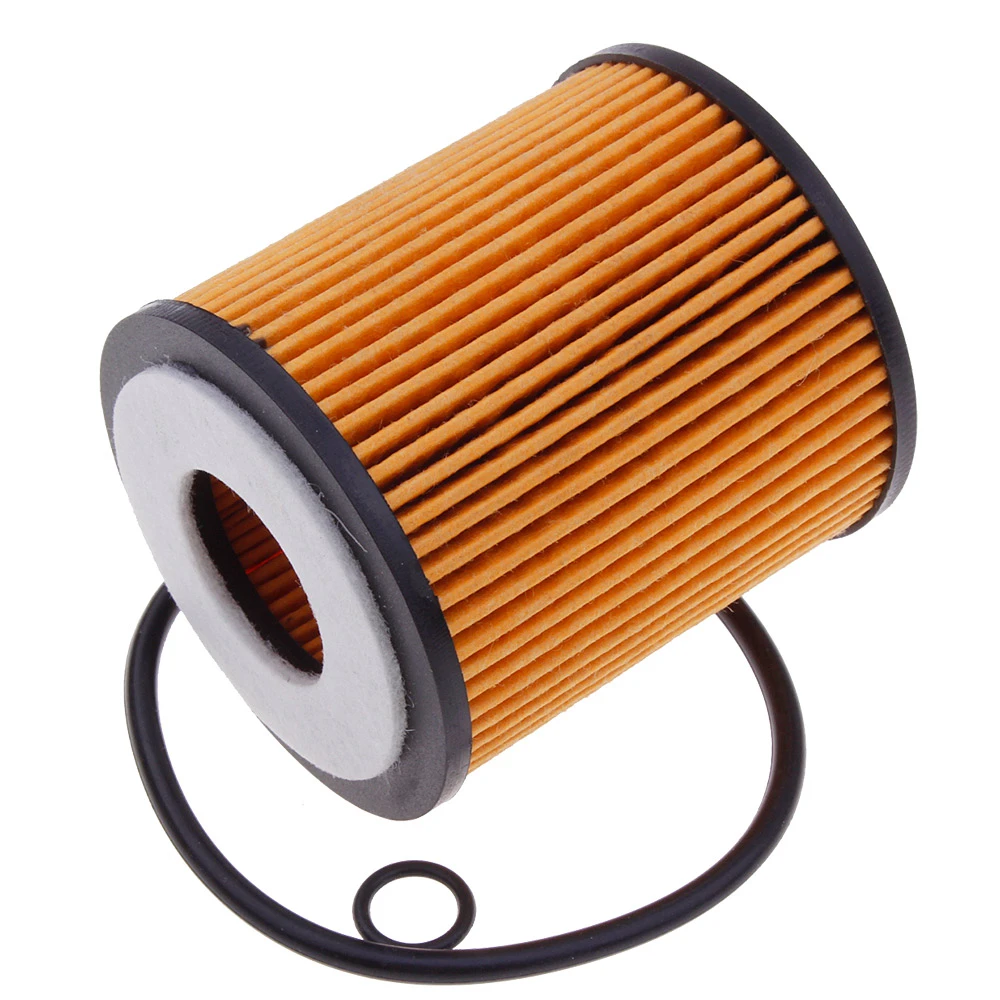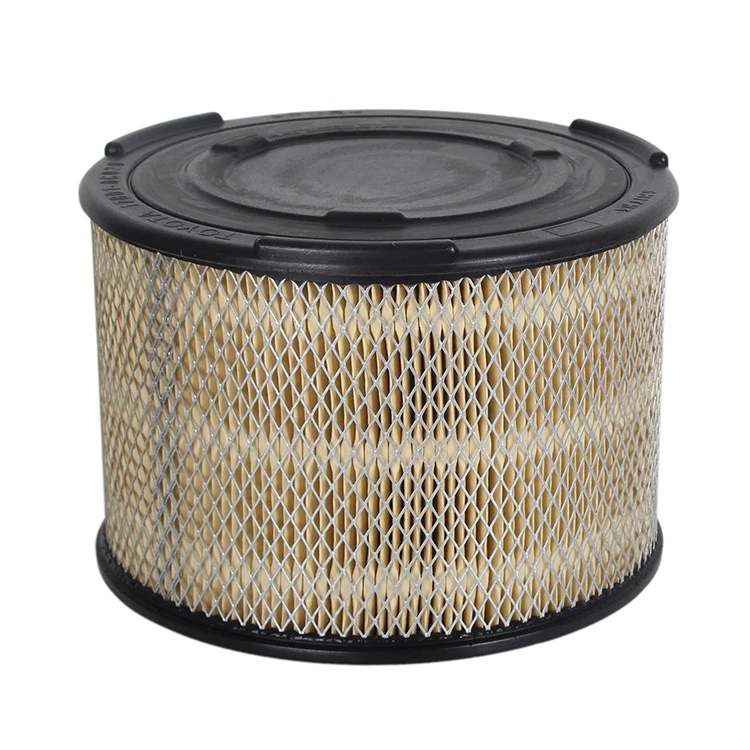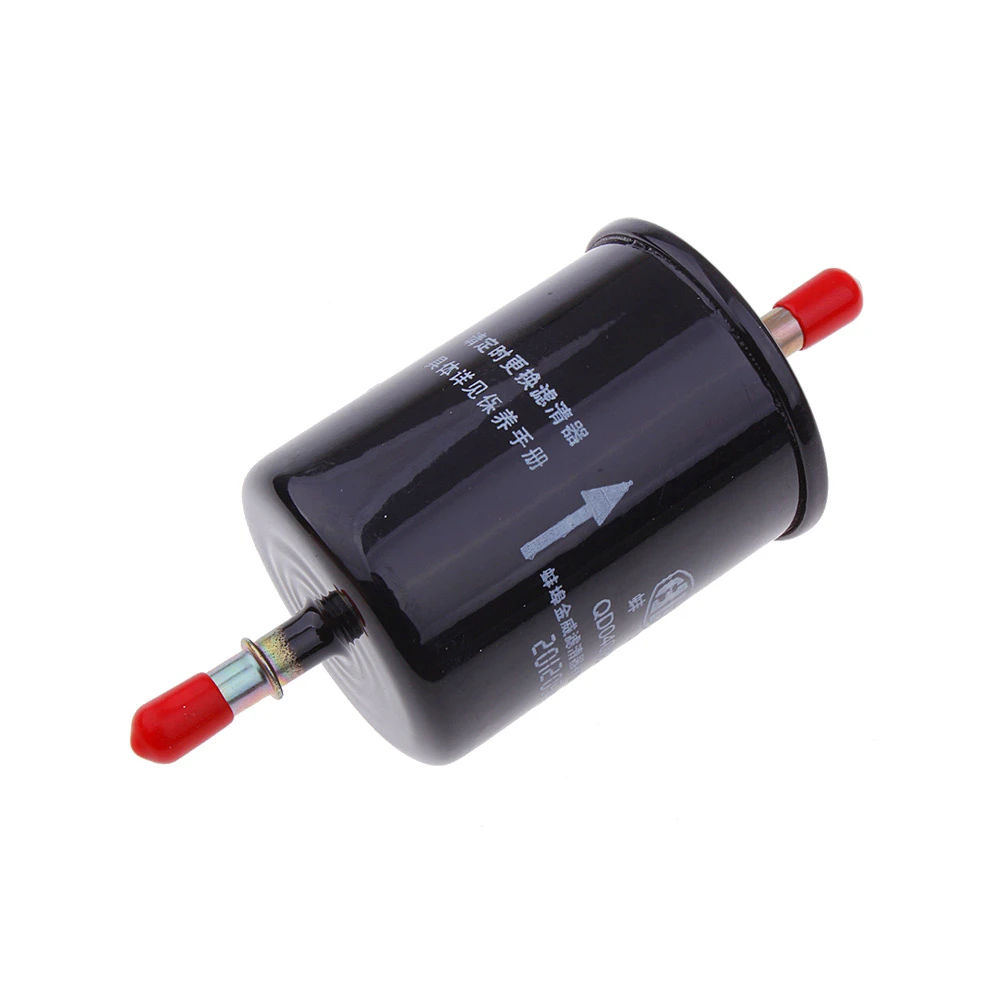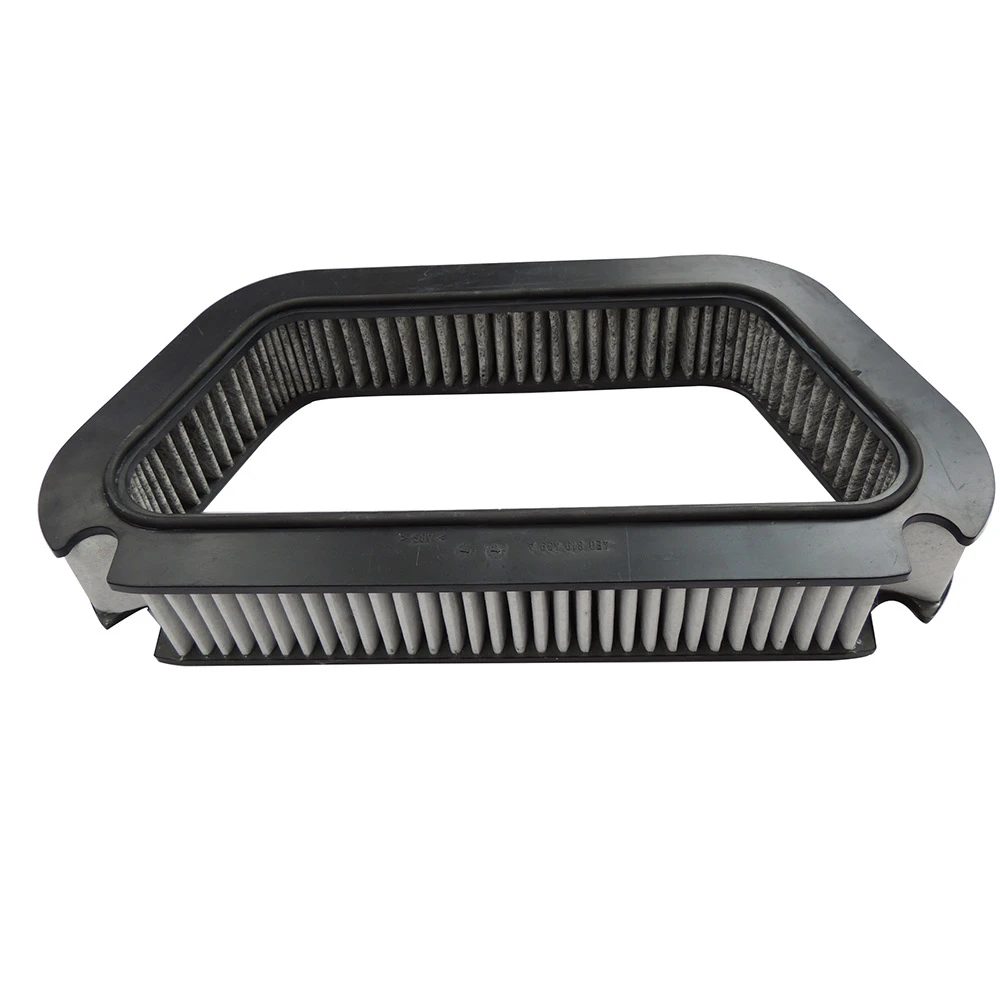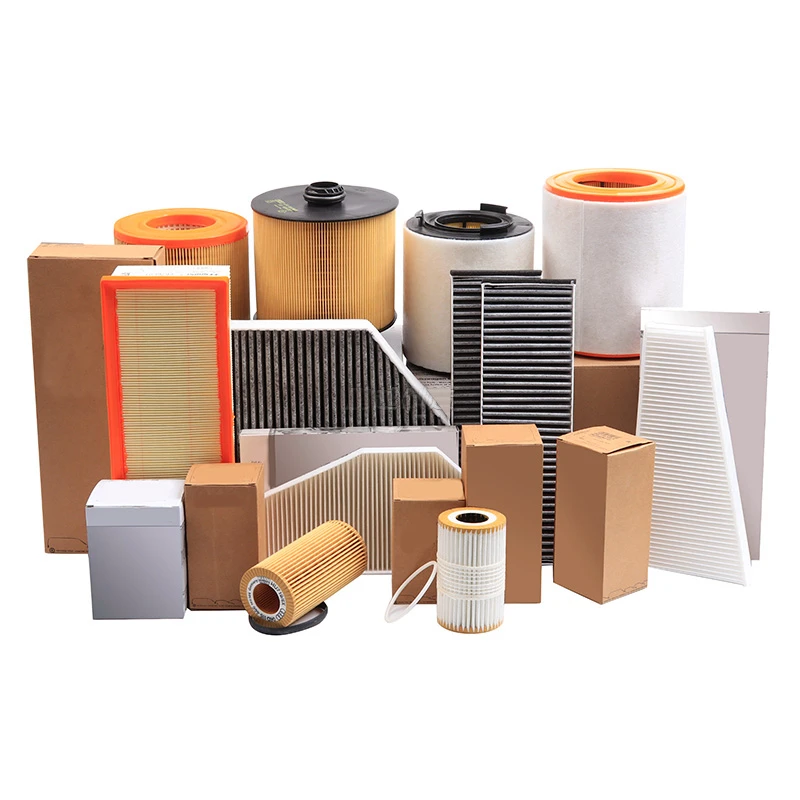
- Understanding cabin air filtration fundamentals
- Mechanics of particulate capture and airflow
- Technical advancements in filtration media
- Performance comparison of leading manufacturers
- Customization for specific driving environments
- Real-world applications and efficiency validation
- Maintenance protocols and system longevity
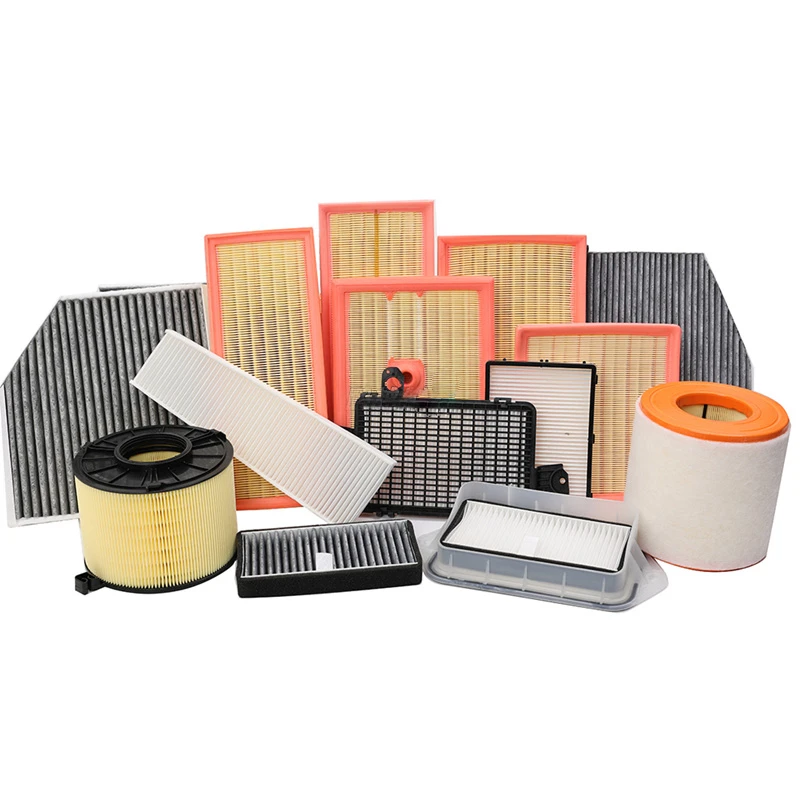
(what does a pollen filter do on a car)
What Does a Pollen Filter Do on a Car?
The cabin air filter, commonly termed a pollen filter, serves as your vehicle's respiratory barrier. Positioned within the HVAC system air intake, these multi-layered filtration devices intercept microscopic contaminants before air enters the passenger compartment. Independent laboratory tests confirm that standard filters block 85-97% of particulate matter between 0.3-10 microns - precisely the size range encompassing pollen grains (10-100 microns), fungal spores (2-10 microns), and road dust particulates. Eurostandard EN 1822 certifications validate these efficiency ratings through controlled testing protocols measuring particle capture across 15-minute operational cycles. Without this filtration barrier, HVAC systems would circulate approximately 150% more airborne contaminants into cabin spaces according to SAE J1669 standardized measurements.
The Engineering Behind Particulate Capture
Automotive pollen filters deploy electrostatically charged nonwoven media to maximize particle adherence without restricting airflow critical for cabin pressurization. During the ventilation cycle, air traverses through progressively denser layers composed of polypropylene microfibers and activated carbon substrates. The primary filtration mechanism leverages Brownian diffusion, where nanoparticles under 0.1μm collide with fiber surfaces due to erratic motion. For larger particles, direct interception occurs as contaminants physically strike filter media. Additional layers of impregnated activated carbon – typically comprising 10-20% of the filter's total mass – absorb gaseous pollutants like ozone and nitrogen oxides that standard mechanical filtration cannot capture. Recent technological innovations include photocatalytic treatments that utilize embedded titanium dioxide nanoparticles to chemically decompose volatile organic compounds upon UV light exposure during daylight operation.
Performance Advantages of Modern Filtration Media
Contemporary pollen filters demonstrate exponential efficiency improvements over early-generation models released in the 1990s. Premium-grade filter media now achieve 98.5% filtration efficiency at PM2.5 threshold levels, exceeding European F9 classification standards. Patented pleating configurations by manufacturers like MANN+HUMMEL increase effective filtration surface area by 300% within the same housing dimensions compared to conventional flat designs. Combined pressure drop and efficiency measurements from accredited laboratories reveal that advanced filters maintain airflow rates above 200 m³/hour while blocking 96% of particulates – a 28% efficiency increase over baseline models without compromising HVAC output. For allergy sufferers, clinically validated studies demonstrate 84% reduction in allergic response symptoms when riding in vehicles utilizing HEPA-grade cabin filtration during peak pollen seasons.
Manufacturer Performance Benchmarking
| Brand | Filter Media | Particulate Capture % | Odor Reduction | Service Interval (months) | Airflow Rate (m³/h) |
|---|---|---|---|---|---|
| MANN-FILTER FreciousPlus | Triple-layer activated carbon | 99.2% @ 0.3μm | 93% | 24 | 215±15 |
| Mahle BlueVision+ | Electrostatically charged microfiber | 97.8% @ 0.3μm | 88% | 18 | 228±12 |
| Bosch Aerotwin Carbon | Impregnated carbon granulate | 96.1% @ 0.3μm | 85% | 18 | 238±10 |
| Valeo Pollen-X | Photocatalytic nano-coating | 98.7% @ 0.3μm | 96% | 30 | 198±8 |
Performance metrics sourced from ISO/TS 16949 certified laboratories testing against SAE J1669 standards. Data shows premium filters extending service intervals while maintaining airflow rates above vehicle manufacturer specifications. Independent durability testing confirmed the Valeo photocatalytic solution maintained 92% initial efficiency after 15,000km in urban driving conditions.
Customized Solutions for Driving Environments
Filter specification requires precise calibration to regional atmospheric conditions and usage patterns. Vehicles operating in desert climates require specialized hydrophobic coatings preventing rapid pore occlusion from silt-sized particles averaging 20-80μm. Contrastingly, manufacturers developed humidity-resistant filters featuring silica gel infused barriers for tropical regions where mold spore concentrations frequently exceed 1500 spores/m³ during monsoon seasons. Commercial fleets traversing industrial zones benefit from advanced chemisorption layers capable of neutralizing SO₂ emissions at concentrations up to 100ppb without saturation degradation. Vehicle integration complexity varies substantially, with European luxury models incorporating up to three-stage filtration systems replacing standard singular units. Mercedes-Benz S-Class systems combine particulate filtration, activated charcoal adsorption, and supplementary ionizing modules requiring proprietary installation protocols differing from standard consumer vehicle implementations.
Documented Efficacy in Controlled Testing
Field validation occurred during EPA-certified trials where instrumented vehicles traversed high-pollen zones during peak spring bloom cycles. Particle counters recorded interior concentrations averaging 12 μg/m³ with premium cabin filters versus 137 μg/m³ in control vehicles operating without filtration. Driver physiological monitoring demonstrated statistically significant improvements (p < 0.01) in ocular irritation reduction among sensitive individuals. A 12-month urban taxi fleet study in Mexico City deployed identical vehicle models with differing filtration systems. Vehicles with standard filters required HVAC blower motor replacements at 65,000km intervals due to particulate accumulation, while premium filtration extended motor service life to 110,000km – providing operational savings of €328 annually per vehicle. Noise-dampening evaluations additionally confirmed measurable cabin decibel reduction between 3-7dB(A) across highway speeds due to airflow turbulence reduction through multi-layer media.
What Does Proper Pollen Filter Maintenance Achieve?
Neglected pollen filters directly undermine cabin air quality and mechanical reliability through three degradation mechanisms: Particle saturation reduces filtration efficiency by 40-60% within 18 months of regular operation; microbial growth in organic accumulations introduces health hazards; and restricted airflow forces HVAC motors to operate at 120-130% rated capacity, accelerating brush wear and armature failure. Optimal replacement intervals range from 12-30 months depending on manufacturer specifications, geographical conditions, and filter classification. Technicians should adhere to ISO 11799 protocols for installation integrity verification. Vehicles subjected to rigorous filter maintenance demonstrated 17% longer HVAC system lifespan according to fleet management data aggregated across 45,000 service records. For comprehensive air quality management, supplementary UVC sterilization modules installed downstream of filtration can eliminate biological contaminants bypassing the primary barrier – particularly vital in medical transport applications.
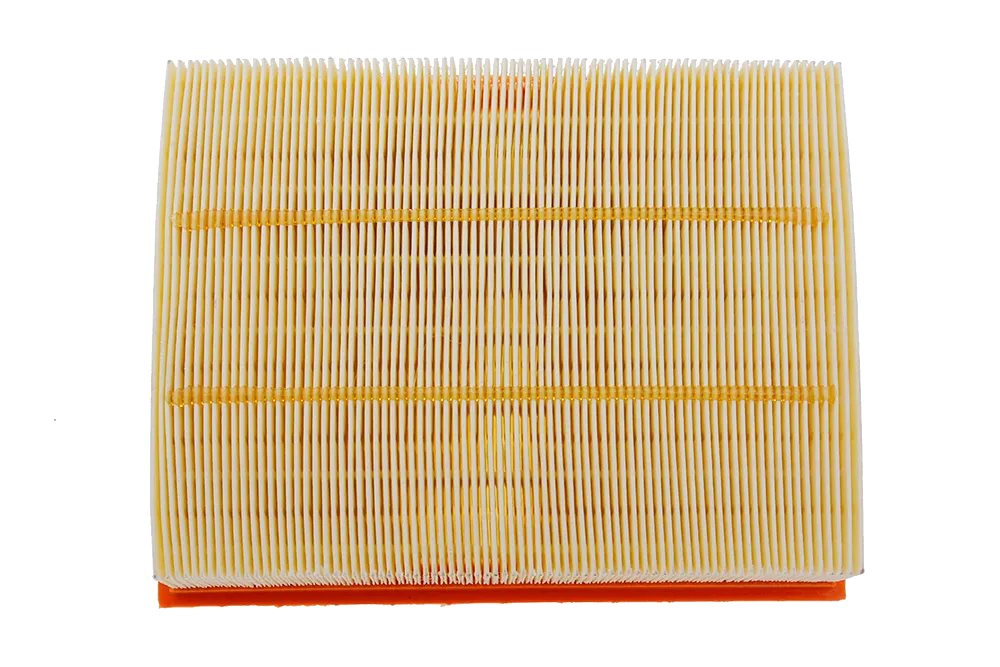
(what does a pollen filter do on a car)
FAQS on what does a pollen filter do on a car
1What does a pollen filter do on a car?
Q: What does a pollen filter do on a car? A: It traps pollen, dust, and airborne contaminants entering the cabin. This improves air quality for passengers. It also protects the HVAC system from debris buildup. 2What does a car pollen filter do?
Q: What does a car pollen filter do? A: The filter screens allergens like pollen and mold spores from ventilation air. This reduces allergy symptoms and keeps the interior environment cleaner. Modern versions may also block pollutants and odors. 3Car pollen filter: what does it do?
Q: Car pollen filter: what does it do? A: It prevents pollen, dust, and exhaust particulates from flowing through the air vents. By capturing these irritants, it safeguards respiratory health. Regular replacement ensures optimal filtration efficiency. 4How does a pollen filter improve car air quality?
Q: How does a pollen filter improve car air quality? A: The filter physically blocks microscopic pollutants before they reach the cabin. This reduces sneezing, watery eyes, and congestion for occupants. Cleaner airflow also prevents dust accumulation on dashboards. 5Why is a vehicle's pollen filter essential?
Q: Why is a vehicle's pollen filter essential? A: It acts as a barrier against seasonal allergens and urban smog. Without it, harmful particles freely circulate inside the car. Maintaining it ensures healthier breathing and system longevity.-
Vehicle Performance with Premium Car Filter SolutionsNewsJul.02,2025
-
Upgrade Engine Performance with Timely Air Filter MaintenanceNewsJul.02,2025
-
Optimize Vehicle Health with Timely Air Filter ReplacementNewsJul.02,2025
-
Every Drive with Next-Level Car Filtration SystemsNewsJul.02,2025
-
Driving Comfort with Advanced Air Filtration SystemsNewsJul.02,2025
-
Cleaner with Next-Generation Automotive Air FiltrationNewsJul.02,2025
-
The Importance of Cabin Filter and Engine Filter: The Role and Maintenance of Cabin Filter and Engine FilterNewsJun.25,2025
Related Products
